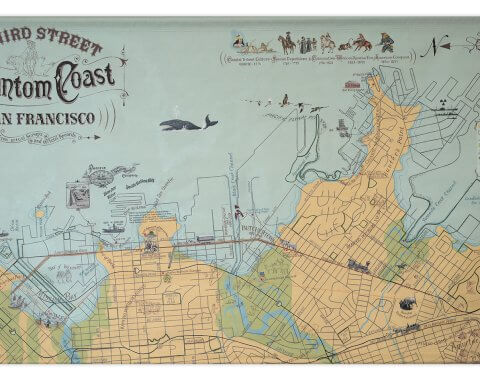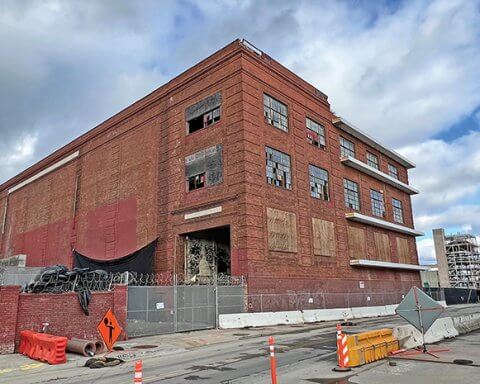Last month, the San Francisco Department of Homelessness and Supportive Housing released a “Five-Year Strategic Framework” to address rootlessness. Under the Framework, chronic homelessness would be halved by December 2022, with an end to “…large, long term encampments by July 2019.” In addition, the outline called for implementing coordinated care systems, performance accountability, improvements to the City’s response to street homelessness and creation of a youth homeless plan by the end of 2019.
The Framework, which was originally supposed to be published last spring, was initially only partially released, in the form of an executive summary that omitted key details or references to supporting documents. This information, along with briefings from DHSH head Jeff Kositsky, served as the basis for a San Francisco Chronicle article and feature on KQED’s Forum program.
DHSH was formed a bit more than a year ago, with a mandate to effectively address the City’s chronic homeless problem. During that time, in addition to drafting the Framework, the Department has opened a significant number of new housing opportunities for homeless individuals and families.
The Framework indicates that Homeward Bound will play a more significant role in addressing homelessness in San Francisco. Under the program, the City pays to transport individuals to live with a supportive family member. According to a DHSH staff person, “Homeward Bound, specifically, is something to offer anyone and everyone we work with.”
However, transport can be triggered after a cursory review of the new living situation, with limited follow-up on the success of the out of town placement via phone or Skype, and without a tracking method to determine whether or not people return. In addition, the Framework appears to call for an expansion of the program to move people based not on family relationships but on cheaper rents in other parts of the Bay Area.
The Framework seems to continue the policy of encampment removal primarily based on utilizing temporary housing provided by Navigation Centers, in addition to scattering the campers.
The Department’s goal to cut the number of chronic homeless individuals in half by 2023 is accompanied by identified steps to achieve that outcome, with milestones to signal whether the City is on track. Similarly, the Framework demonstrates a strong pathway to eliminating family homelessness.
The Framework was issued in the wake of a significant staffing change at the Department. Sam Dodge, who had been serving as deputy director, has taken a new job at the Department of Public Health to address injection drug use. Dodge moved to San Francisco in 2014, after working for New York City’s Department of Homeless Services, pursuing his life philosophy that “day to day action leading to lasting change”.



